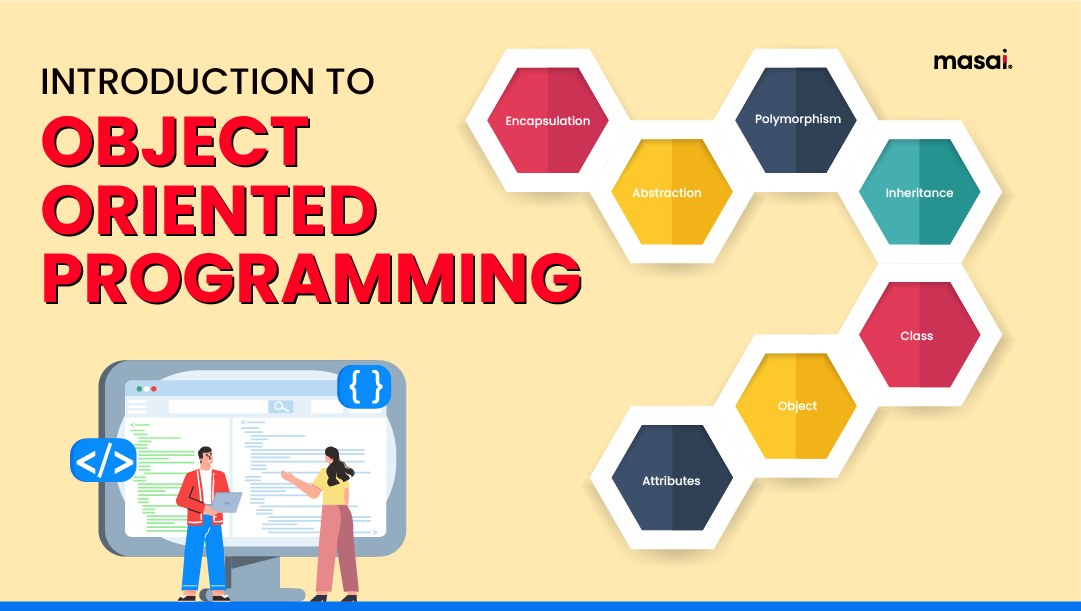Object-Oriented Paradigm

The object-oriented paradigm is a programming paradigm based on the concept of "objects," which can contain data in the form of fields (also known as attributes or properties) and code in the form of procedures (methods or functions). Object-oriented programming (OOP) emphasizes the organization of software as a collection of objects that interact with each other to perform tasks.
Key principles and concepts of the object-oriented paradigm include:
Objects: Objects are instances of classes, representing real-world entities or concepts. Each object encapsulates data (attributes) and behaviors (methods) related to the entity it represents.
Classes: Classes are templates or blueprints for creating objects. They define the structure and behavior of objects by specifying the attributes and methods they possess. Classes serve as the foundation for creating objects with similar characteristics and behaviors.
Encapsulation: Encapsulation is the bundling of data (attributes) and methods (behaviors) within a class, hiding the internal state of an object and restricting access to it. Encapsulation promotes data integrity and helps prevent unintended modification of object state.
Inheritance: Inheritance is a mechanism that allows a class (subclass or derived class) to inherit attributes and methods from another class (superclass or base class). Subclasses can extend or specialize the functionality of their superclass while inheriting its common features. Inheritance promotes code reuse and supports hierarchical classification of objects.
Polymorphism: Polymorphism allows objects of different classes to be treated as objects of a common superclass through a unified interface. It enables methods to behave differently based on the object they are invoked on, facilitating flexibility and extensibility in object-oriented designs.
Abstraction: Abstraction involves simplifying complex systems by focusing on essential characteristics while hiding unnecessary details. In OOP, abstraction is achieved through the creation of abstract classes and interfaces, defining common characteristics and behaviors without specifying implementation details.
The object-oriented paradigm offers several benefits, including:
Object-oriented programming languages such as Java, C++, Python, and C# provide support for implementing the object-oriented paradigm, enabling developers to create robust, modular, and maintainable software solutions.
Thank you,